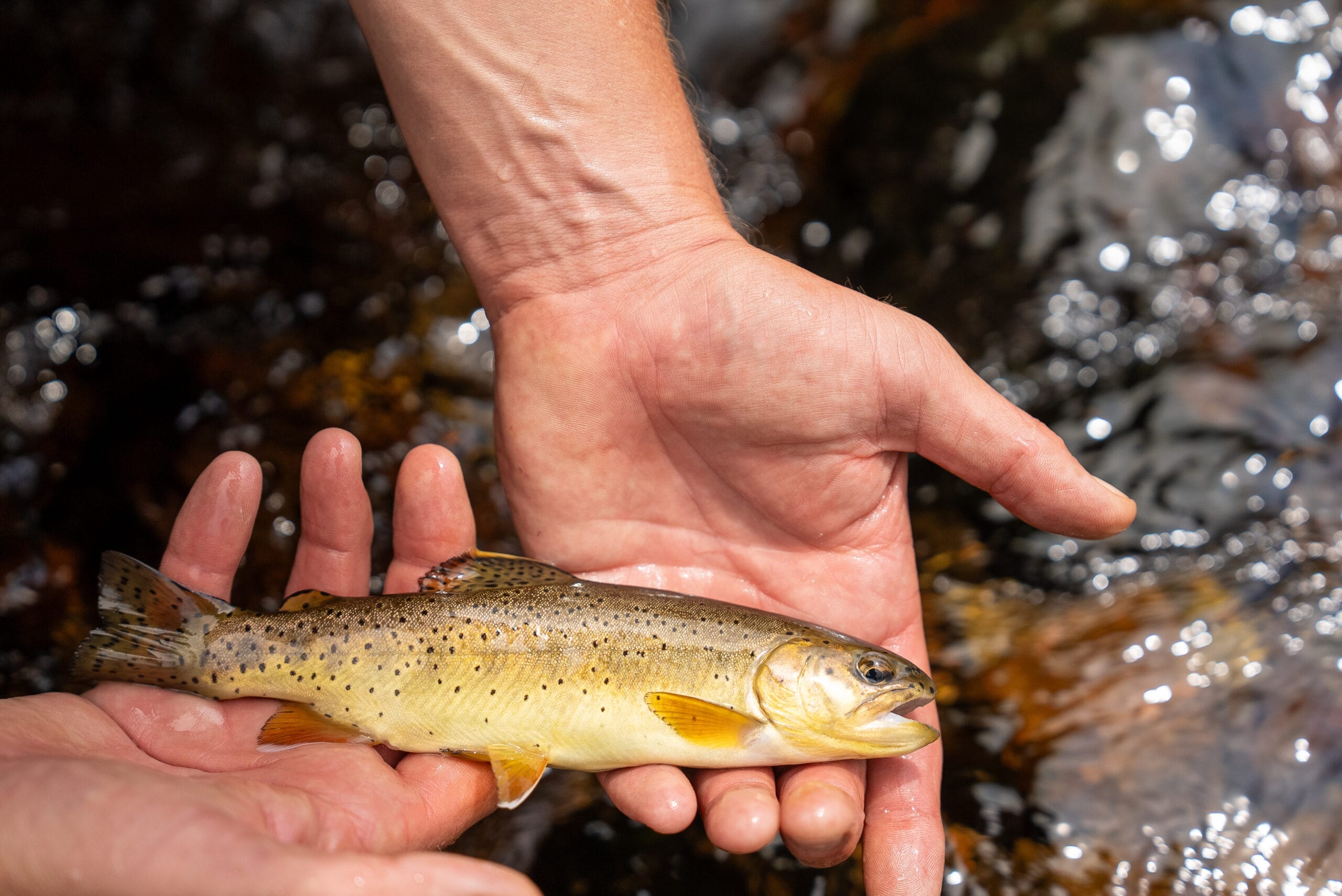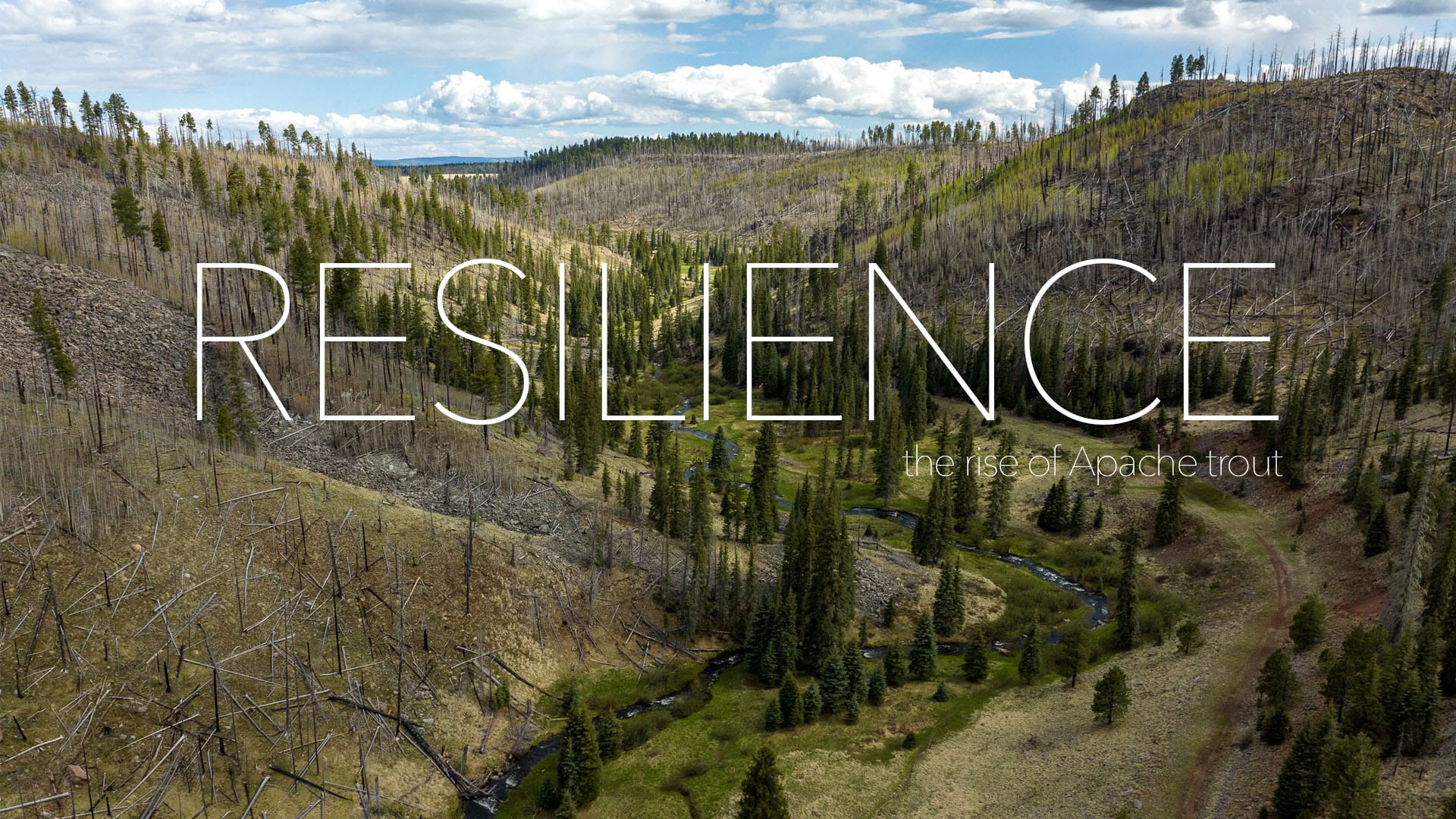FWS removes the native fish from Endangered Species list in a first for a trout or salmon species
The survival of Apache trout is a testament to the wisdom of protecting, reconnecting and restoring river systems to recover native trout.
First listed as endangered under the federal Endangered Species Preservation Act of 1966, they later were protected by the Endangered Species Act in 1973. This week, the Apache trout became the first trout or salmon species—ever—to be removed from the protection of the Endangered Species Act because the species recovered.
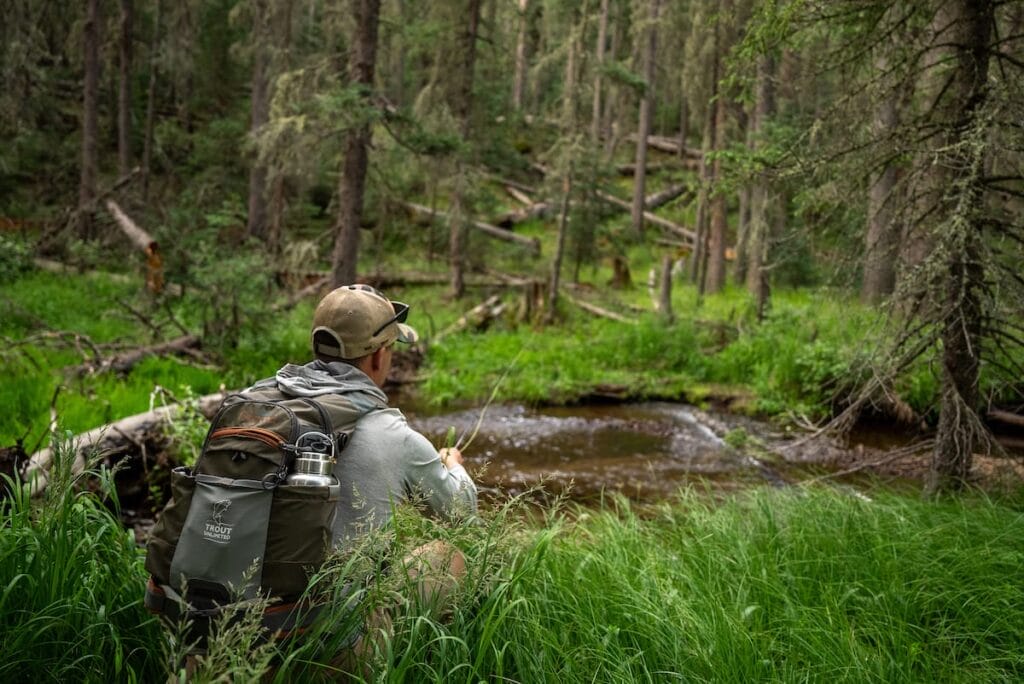
Apache trout headwaters to the rescue
The story of that recovery is remarkable. When I began my conservation career, I recall one old-timer calling the Apache “write-off populations.” His cynicism could be forgiven, as these fish occupy some of the most hostile and warmest climes of any trout or salmon species, in the rugged White Mountains a four-hour drive from Phoenix.
More than a century ago, when Arizona represented the western edge of the frontier, the fish occupied more than 700 miles of rivers and streams.
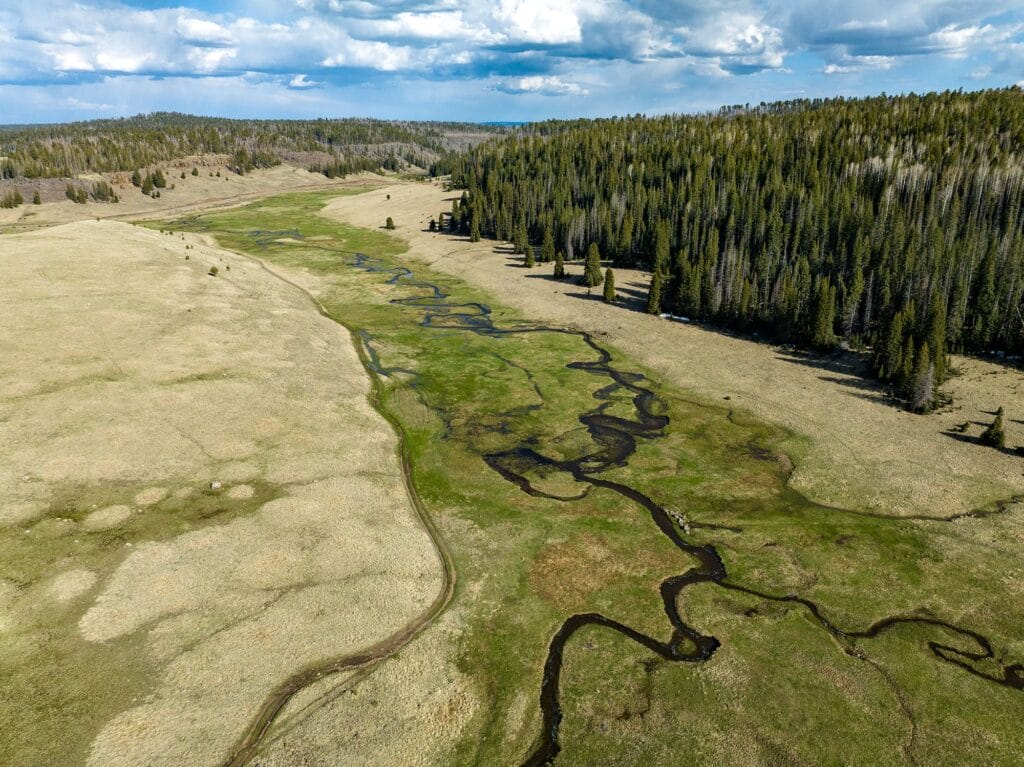
But like cutthroat and brook trout, the Apaches are enthusiastically willing to rise to a fly and as such are prone to overfishing.
In 1939, one old-timer of the Fort Apache area recalled fishing the streams of the White Mountains in his youth: “I personally remember that from 1898 to 1916 the fish were so plentiful that it was no trick for a boy to catch 100 in a few hours or 200 in a full afternoon.”
Overfishing, grazing and interaction with introduced non-native trout all contributed to a steep decline in populations of Apache trout. When confronted with the introduction of brook, brown and rainbow trout, Apache trout did what most native trout do; they swam to the headwaters.
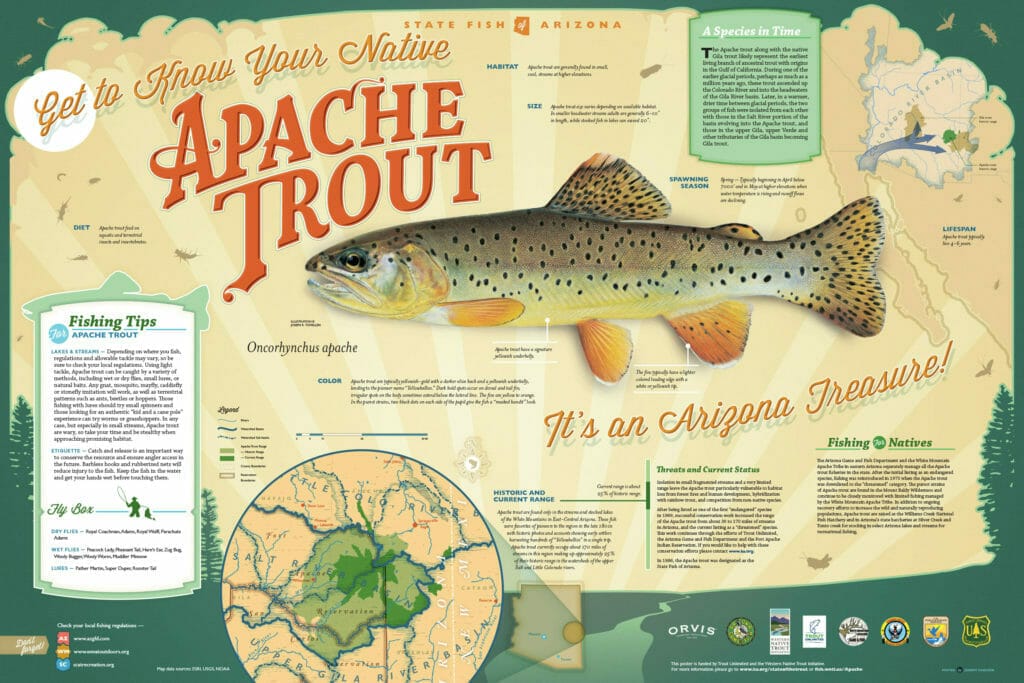
Efforts beyond measure to recover these gold bellies
Thankfully, in 1955, the White Mountain Apache Tribe closed off the headwaters in the Fort Apache Indian Reservation to fishing to protect the remnant populations of Apache trout. Thus began a nearly 70-year effort to recover these yellow-bellied river gems by taking steps to reduce pressure on Apache trout from non-native trout and anglers.
The Apache’s removal from the Endangered Species list comes a year after the U.S. Fish and Wildlife Service proposed delisting, relying on a species assessment by an interdisciplinary group led by Dan Dauwalter on TU’s science team.
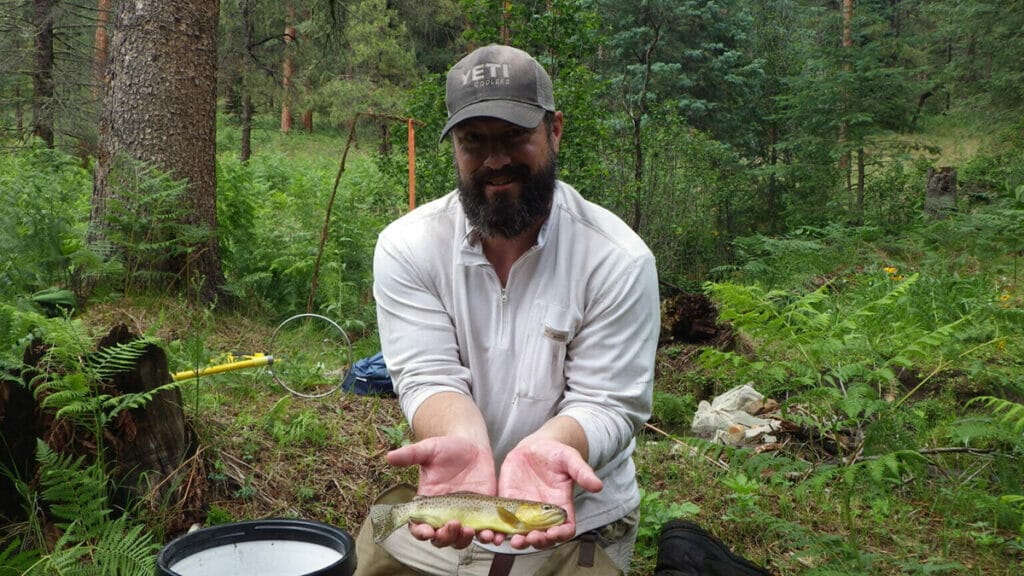
To be certain, we are not resting on our laurels. TU continues to work with our partners on a variety of restoration projects in the headwaters of the Salt River watershed. For example, we are working on two projects on the White Mountain Apache Reservation and five more on the Apache Sitgreaves National Forest.
This work will lower water temperatures, improve spawning and rearing habitat and reconnect tributaries by fixing perched or undersized culverts. The idea is to help make these relatively small systems more resilient to the floods, wildfire and drought exacerbated by climate change.
Funding from the Bipartisan Infrastructure Law is now supporting work to remove barriers to fish passage and open more than 50 miles of upstream habitat to Apache trout.
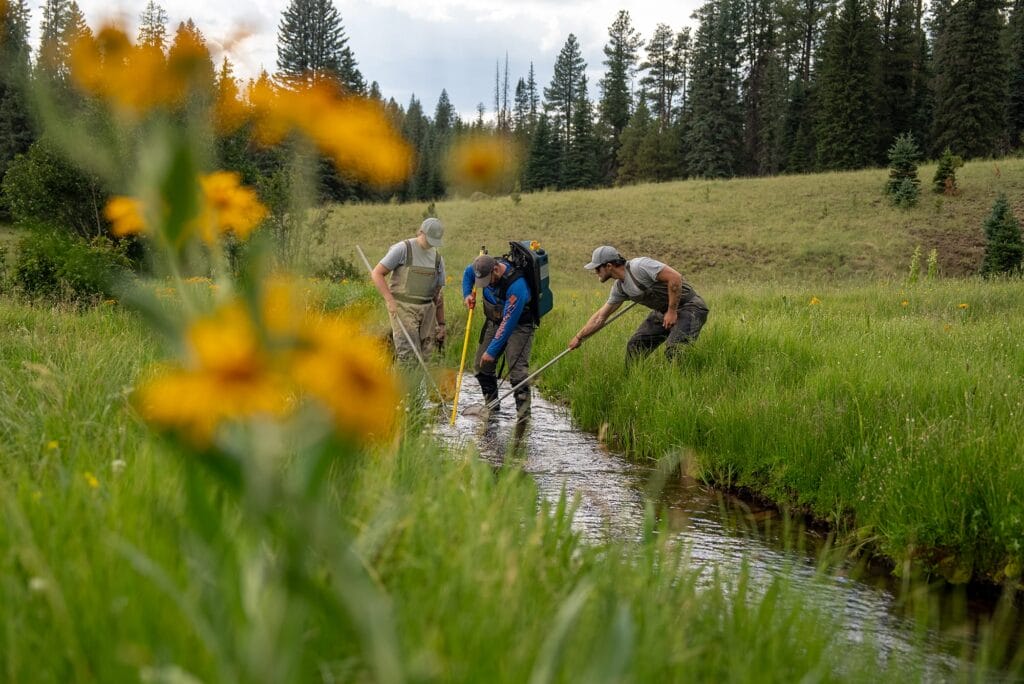
The recovery of the Apache is a testament to TU’s core values. Our volunteers never stopped advocating for the fish and volunteering for stream restoration projects. Arizona TU staff and volunteers—even though, or perhaps because, they are at the southernmost edge of trout habitat, and face some of the most inhospitable droughts, fires, and floods—never gave up on these “write off” populations. Partnerships and collaboration among the White Mountain Apache Tribe, TU, the FWS, the Forest Service and the Arizona Game and Fish Department allowed conservationists to apply common sense to a common problem for the common good. Most important, in an era where many throw their hands in the air and walk away, exasperated by the effects of a changing climate, the Tribe, the agency professionals and TU staff and volunteers demonstrated that together, we can make a difference and recover the land and waters that help sustain this nation, and yes, these magnificent yellow-bellied trout, too.



